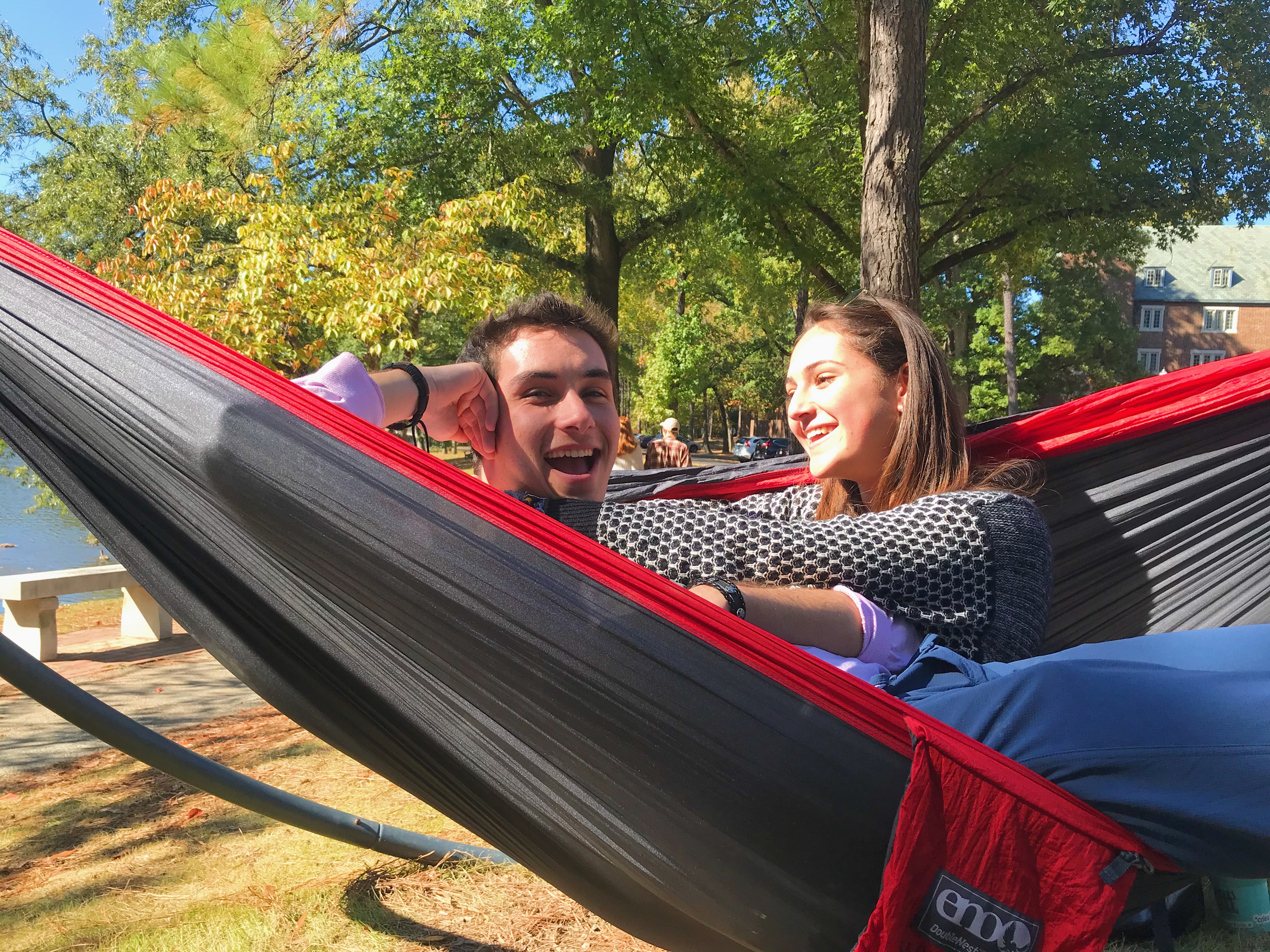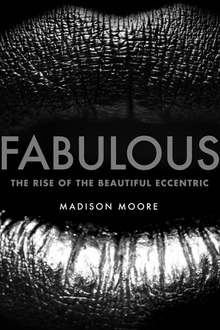For me, self care starts with my favorite music. I have an obsession with Billie Eilish, so I tend to listen to her TOO often. Look how cute she is, oh my god. Anyways, I listen to her, Khalid, Bazzi, Lewis Capaldi, and Harry Hudson, those are just some of my favorites. I started my Tuesday off with some music and then

I called one of my best friends from home, Lauren. She has been my friend since third grade and her grandpa recently passed. I was going to fly back home to attend the funeral, which is tomorrow, but I don’t have enough money, so I called to apologize and wish her the best for tomorrow. She is wearing one of my cardigans to the funeral, so I will be there in spirit. After I called her, I spent time with one of my closest friends here, John.  We laid on the hammocks by the lake, talking and listening to music. It is a beautiful day out, so I was happy to be outdoors. Instead of telling myself I needed to go to the library to procrastinate, I enjoyed the weather and my best friend. This weather and the season of fall in general is new to me since I am from the Sunshine State. Being
We laid on the hammocks by the lake, talking and listening to music. It is a beautiful day out, so I was happy to be outdoors. Instead of telling myself I needed to go to the library to procrastinate, I enjoyed the weather and my best friend. This weather and the season of fall in general is new to me since I am from the Sunshine State. Being

able to appreciate this season on our campus and seeing the trees change color as everyday passes is absolutely beautiful. After I went to the hammocks, my friend invited me to go to Chipotle. Lately, I’ve been struggling with body image and watching what I eat. It’s not something I like to talk about because I feel like people just
automatically tell me “Your skinny,” “You shouldn’t worry about that,” but it’s what I think and what I see myself as, that matters. Instead of watching what I eat, I treated myself to Chipotle, which is one of my favorite places. It reminds me of home because my friends and I would go there frequently. It’s also just so good and it makes me happy. I’m conflicted when it comes to being happy versus being happy with my physical appearance because one side of my brain is telling me to not care and to eat whatever because at the end of the day, I’m my own kind of beautiful.The other side is telling me that I’ve gained weight and that I need to workout and eat healthy. This internal struggle affects me everyday, but I am just trying to take it day by day depending on how I wake up each morning. Is this a good plan? I honestly don’t know, but it’s what I’m going with, so I’m just going to stick with it LOL. After Chipotle, I went thrifting and I bought two sweatshirts for $6. Richmond has great thrifting stores, unlike Florida (Fantastic Thrift is where I go)!
Every Tuesday, I go to the South Side of Richmond to Sacred Heart Center. I volunteer at the Kids of the Corazon Childcare, helping Spanish speaking children with their homework and playing games with them. Even though it is volunteering, I think about it as self-care because it makes me happy. It’s good to get off campus and be apart of the city of Richmond’s community being Sofia, rather than being on campus and just being another student. I love going to see “my kids” and spending two hours with them 🙂
My self-care Tuesday ended with taking a long, hot shower and watching Netflix. I’m watching a show called Seven Seconds because I finished my telenovela 🙁 Seven Seconds actually applies to our class because it’s about the Juvenile Justice System. A black 17 year old was killed by a New Jersey cop, and a group of 4 cops covered it up as if it was nothing. I recommend the show, I’m on the last episode! Overall, it was a good day, thank you for letting us have this self-care period of time. You’re definitely right, it is easy to get caught up in the day to day college routine, and it’s refreshing to step back and focus on myself, for once.
One of the scenes that stuck out to me was when Nick Richards, a high school senior in the documentary, but now a sophomore at the University of Kentucky, attended a Nike-sponsored youth league game in Brooklyn, New York. Richards told his high school coach, Chris Chavannes, that he didn’t have any Nike shoes to play in. Chavannes goes on to whisper to Richards, “You’re wearing an Under Armour shirt on camera? Are you kidding me?” The coach has a contract with Nike, meaning that his players have to wear Nike. Showing up in an Under Armour shirt was not acceptable according to Chavannes.


 In the documentary, Shamar Graves, who played for Rutgers for three seasons, talks about the NCAA and how it is “a business.” The ideology that athletes have a balance between academics and athletics is being disrupted here. It is truly apparent that this is not the case whatsoever. Most “student athletes” must focus on their athletics before academics, although they are told otherwise when they are first committing to a college.
In the documentary, Shamar Graves, who played for Rutgers for three seasons, talks about the NCAA and how it is “a business.” The ideology that athletes have a balance between academics and athletics is being disrupted here. It is truly apparent that this is not the case whatsoever. Most “student athletes” must focus on their athletics before academics, although they are told otherwise when they are first committing to a college. I think this quote brings the whole piece together because the players don’t get enough credit for their hard work. The “labor force” behind being a student athlete is founded upon the ideal that athletes must perform in order to generate profit. Again, relating to power structures and how authority asserts their dominance through different athletic realms.
I think this quote brings the whole piece together because the players don’t get enough credit for their hard work. The “labor force” behind being a student athlete is founded upon the ideal that athletes must perform in order to generate profit. Again, relating to power structures and how authority asserts their dominance through different athletic realms.
 We laid on the hammocks by the lake, talking and listening to music. It is a beautiful day out, so I was happy to be outdoors. Instead of telling myself I needed to go to the library to procrastinate, I enjoyed the weather and my best friend. This weather and the season of fall in general is new to me since I am from the Sunshine State. Being
We laid on the hammocks by the lake, talking and listening to music. It is a beautiful day out, so I was happy to be outdoors. Instead of telling myself I needed to go to the library to procrastinate, I enjoyed the weather and my best friend. This weather and the season of fall in general is new to me since I am from the Sunshine State. Being